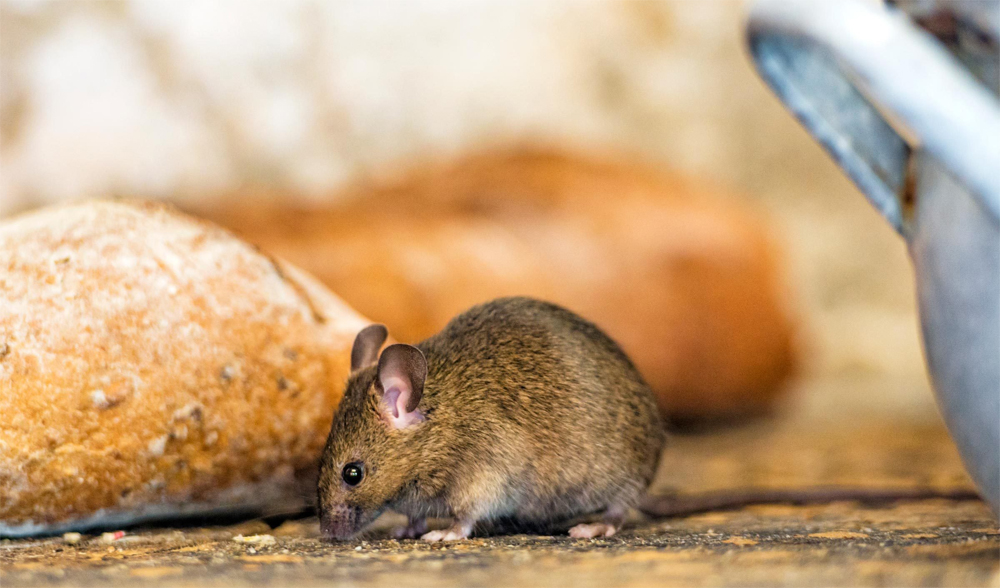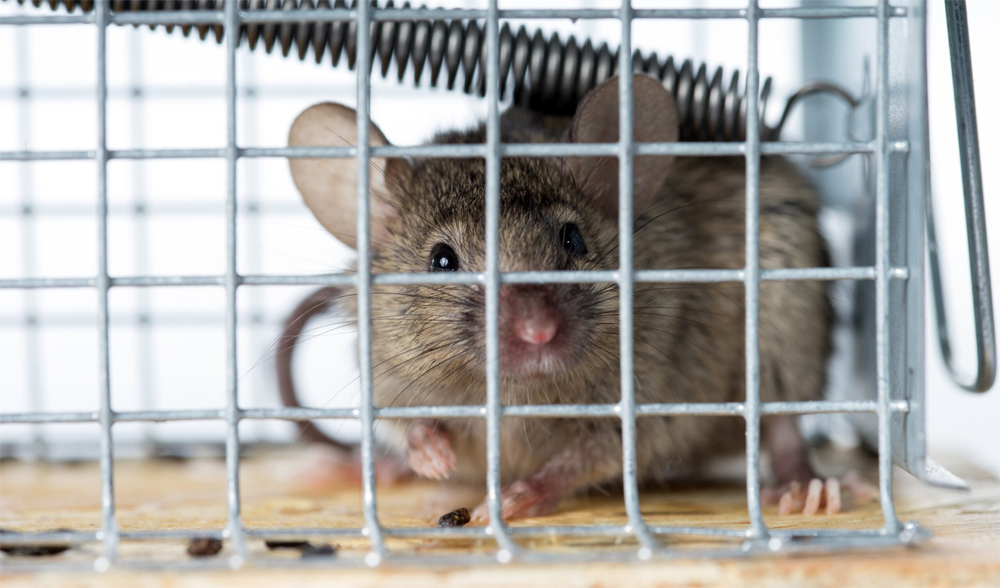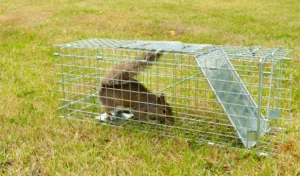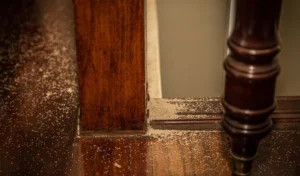Dealing with a rodent problem can quickly become a source of immense frustration. One would think that a rat or mouse infestation should have a straightforward solution, given that humans and rodents have been at odds for quite some time. So why do rodent problems seem to persist?
In case you’re facing a rat or mouse issue at home, the problem could be related to the way you’re utilizing mouse traps. However, don’t fret – it’s not your fault. Even though snap and glue traps have existed for many years, they are not consistently efficient.
Listed below are the primary four mistakes you might be making with your mouse traps:

1. More traps are required
Most homeowners believe that placing a few snap or glue mouse traps will eventually resolve any rodent issue. However, if you’re not dealing with just a single rat or mouse that’s limited to a small area, that approach won’t be enough.
Professionals suggest that homeowners should set up to three snap or glue mouse traps for each rodent present. This implies that if there are ten mice running around in your attic, you will need to utilize up to 30 snap or glue mouse traps for them to be genuinely effective. In truth, most homeowners do not use nearly that amount, and thus their rodent issues persist.
2. Not in the right place
Using snap or glue mouse traps does not mean that you can just hang them in the environment like yellow sticky traps. You need to consider the location. Rodents tend to be wary creatures and prefer to travel along walls, fences, and other sources of cover. If you’re not having any luck catching mice or rats with snap or glue mouse traps, it may be worth reconsidering where you’re placing them. If the traps are not in the right location, rodents will easily bypass them. Mouse traps should ideally be spaced 2 to 10 feet apart in the area where the rodents are most active.
To effectively trap rodents, it’s essential to place the mouse traps in the right areas. If you’re dealing with an attic infestation, it’s recommended to place traps along the walls and corners of the attic. If rodents are active in the livable areas of your home, mouse traps should be placed in cabinets, behind appliances, and corners. For outdoor rodent problems, traps should be placed near bushes, fence lines, patio walls, and if there’s a pool, near the filter pump.
3. Not using the right bait
The common belief among homeowners that baiting a snap trap with cheese is an infallible solution to rodent problems is often misguided. In reality, this approach is not as effective as we may think. For instance, certain types of rats, such as roof rats, do not even consume cheese. Additionally, some rats can skillfully steal bait without triggering a snap trap, rendering the trap useless.

4. Fail to check the traps frequently
Snap or glue mouse traps require frequent checking, which can be a major inconvenience. Snap traps, in particular, may need to be reset daily as some rodents can trigger them without being caught.
Moreover, once snap and glue traps capture a rodent, they become ineffective and need to be checked regularly to remove any trapped rats or mice, allowing the mouse traps to catch more rodents.
To Make Your Action More Effective
Safe-killer is a professional supplier of insecticides and pest control equipment. We are willing to provide professional tools and support for your rat trapping. Our Sticky Glue Traps for Mice are highly attractive for mice and super sticky. The structure is strong enough to withstand the struggle and tug of a rat when it is caught. It is the best choice for killing rats in food processing companies, commercial kitchens and homes. You can also choose Humane Mouse Trap if you want to catch mice or rats in another way.



